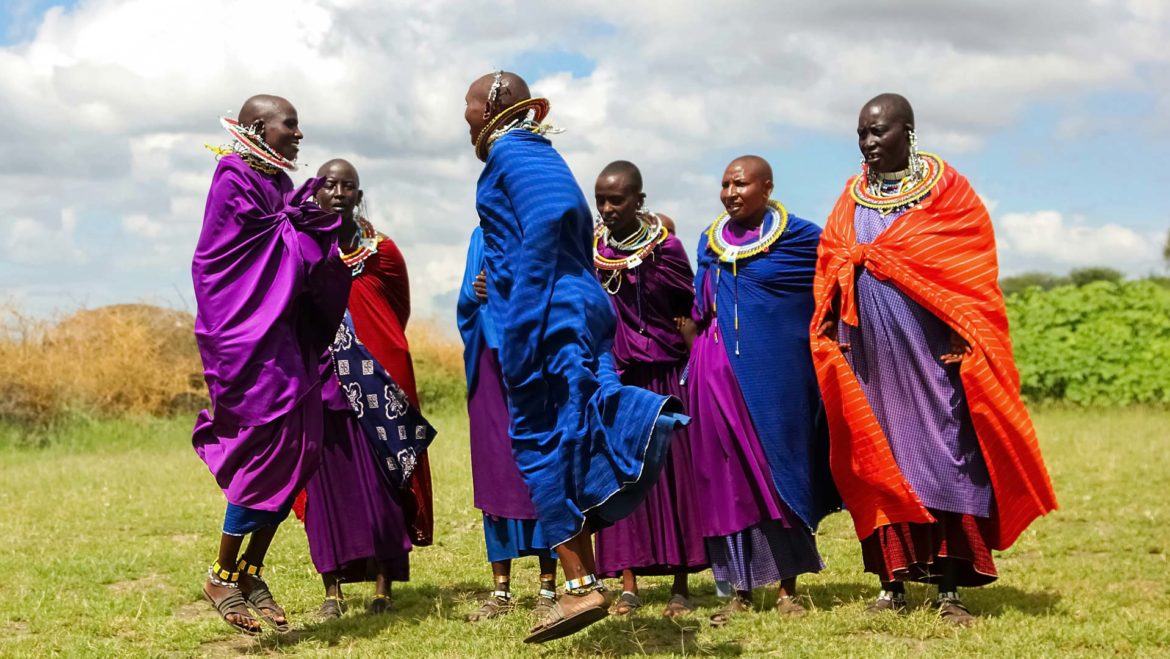
Good Practice Guide to Indigenous Peoples and Mining
Mining companies that adopt good practice and are responsive to Indigenous Peoples’ are more likely to successfully contribute to sustainable and equitable outcomes, gain community support, build a positive reputation and be considered as ‘responsible companies’, which in turn, has reputational benefits. Importantly, it is now widely accepted that companies have a responsibility to respect human rights, including the rights of Indigenous Peoples.
Responsible companies aim to avoid impacting negatively on communities and seek to leave a positive legacy.
This guide and its practical tools help companies:
- Recognise and respect that Indigenous Peoples have distinct rights and interests
- Understand that through law and/or custom, Indigenous People often have a special relationship to the land, territories and resources
- Utilise forms of engagements that are sensitive to cultural characteristics eg governance structures, interaction and decision making
- Understand that free, prior and informed consent (FPIC) should be regarded as a “principle to be respected to the greatest degree possible in development planning and implementation”
- Address issues requiring special attention to the interests and rights of indigenous groups
- Understand that historically, Indigenous Peoples have been disadvantaged, discriminated against and dispossessed of their land. They are more likely to be vulnerable to negative impacts from developments, particularly those that adversely impact culture and natural resources
The tools have been divided into four sections according to their main concerns: engagement and indigenous participation, managing impacts, agreements and dealing with grievances.
Download more detailed text around the tools and their uses.
Engagement and Indigenous Participation
The term “engagement” refers to the interactions between a company, communities and other stakeholders. This activity needs to take place in a sustained manner across the lifecycle of the project – from initial contact through to closure.
This section discusses:
- Understanding local context before engaging with Indigenous Peoples
- The need to maintain and update knowledge bases
- The principles of good engagement as they apply to Indigenous Peoples
- The principle of FPIC
- Involvement in decision making
- Managing workforce and contractor behaviour
- Dealing with key challenges
Managing Impacts
These sections deals with the practical aspects of managing impacts on Indigenous Peoples.
Mining projects can impact Indigenous Peoples in a variety of ways – both positive and negative. Although sometimes the overall environmental, social or economic impact of a project cannot always be predicted or fully mitigated, there are basic steps to reduce negative impacts and enhance positive long-term outcomes for communities.
Agreements
Strong, but flexible agreements with indigenous groups are mutually beneficial for both companies and the communities they operate in. Agreements also provide a governance mechanism to define roles and responsibilities, which can support engagement and dialogue in the future.
This section focuses on the use of negotiated agreements to define and regulate relations between mining companies and indigenous communities including:
- The factors that make for a successful agreement
- Managing impacts and sharing the benefits of mining through agreements
- Components of agreements
- Implementation of agreements
Dealing with Grievances
As part of good engagement practice, companies should seek agreement with indigenous groups on effective processes and structures for pre-empting, responding to and resolving community concerns and grievances.
This section addresses:
- Why grievance mechanisms are important
- Sources of potential disagreement or conflict
- How to design and implement a grievance mechanism
- Techniques for resolving disagreements and achieving sustainable consensus
